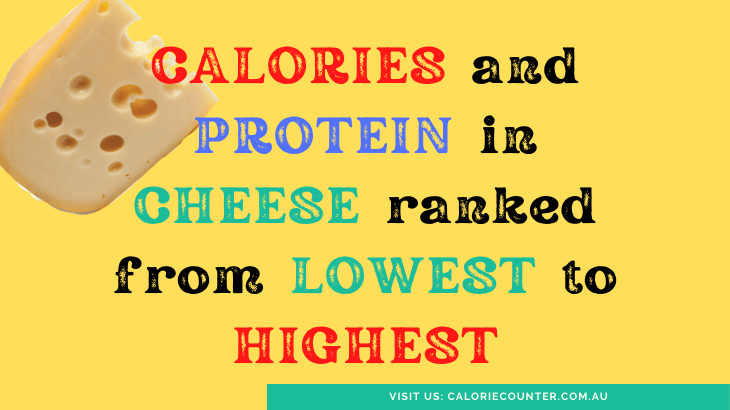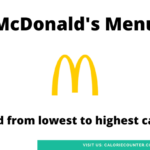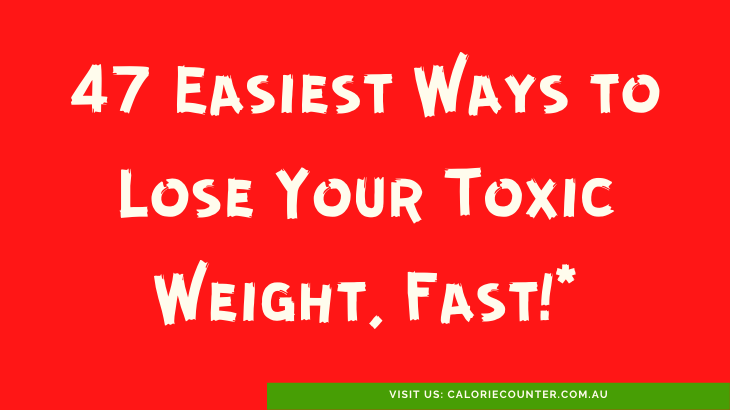According to the Australian Bureau of Statistics, almost a third of all the adults in our country are clinically obese. That means, when you step into a lift with eleven other people in Sydney and look around, four of you could be cast as the “Before” person in one of those dieting club videos you are forced to see before you get to click “Skip Ad” on YouTube. We are told that obesity is a serious and fast-growing problem. The Department of Health has a definition for what obesity is:
“Overweight and obesity is measured at the population level for adults using the Body Mass Index (BMI) which is calculated by dividing weight in kilograms by height in metres squared. For example, a woman 1.67m in height and weighing 65kg would have a BMI of 23.3 which falls within the healthy weight range. Overweight is measured at a BMI of 25 or more with obesity determined at a BMI of 30 or more. These cut-off points are based on associations between and chronic disease and mortality and have been adopted for use internationally by the World Health Organisation.”
You probably skipped over that definition because it is hard to relate it to anything but don’t worry, we will dissect it.
The Sad Fat Person
Imagine that you are having lunch with Joe from the office, and he tells you (in-between mouthfuls of Food Court sushi) that his cousin Mary is on a diet because she is obese. You imagine Mary and what imagery flashes through your mind? Do you think about where she sits in the spectrum of Body Mass Index, her waist-hip ratio, her body fat percentage?
Probably not, instead automatic images of Mary the Sad Fat Person are popping into your mind. You are forming an opinion of Mary, imagining her in your mind’s eye. You see her sitting in the lounge-room watching TV, sipping a low-calorie shake whilst secretly longing for a custard-filled Krispy Kreme. Maybe she is peeking through the window at passers-by, or leaving a needy message on her husband’s phone. Mary is not happy. Mary is quiet in public. Mary wants to be thin. She wants to be someone else. This is the meaning of obesity for you and most other people, it has little connection to the official definition. The pictures of Mary come to mind in an instant because obesity is emotive.
It is everywhere you look and everyone you know has an opinion about it and no-one seems to want it for themselves and you read about it on the internet but what is obesity, really?
Doctors don’t like fat people
We have all heard about the health risks but for most of us, obesity is not really just a measure of relative health or an indicator of longevity. Even scientists can’t seem to agree about whether or not a high body-fat ratio will reduce your lifespan, it seems that perhaps people who are overweight might live longer than people regarded as having a ‘normal’ body weight. “Unattractive” and “ugly” are words that more than half of a group of 620 doctors used to describe their obese patients in a survey carried out by the University of Pennsylvania in 2003.
The doctors did not like the way the obese people looked, but they also took their obesity as indicators of a negative character. More than 200 of the doctors surveyed used “lazy”, “weak-willed” and “sloppy” as words to describe those same patients’ personalities and attitudes. These doctors do not think of obesity in the clean, clinical way it is defined by the Department of Health. If this is what doctors think of obese people, what might we suppose the opinion of the average person is?
Has obesity always been a negative thing?
Perhaps we are biologically hard-wired to find obesity distasteful. It seems that just about anything we do or think in a behavioural sense can be explained by our pre-historic past, before fire, farming and the internet. Anthropologists have used evolutionary pressure to explain everything we generally like and dislike, from lipstick to tidy houses. In prehistory, a large man with lots of body to carry around might not be good at catching rabbits or escaping from the claws of a Sabre-tooth tiger. Perhaps we could not depend on a big woman with irregular hormonal cycles to make babies when the going was good. Or maybe obese people were reviled as selfish hoarders who ate more food than anyone else, so no upstanding tribe members would want to be seen with them. Sounds reasonable?
Well, the logic does not hold because there simply were not enough obese people (or animals) around for any sort of evolutionary bias to take hold. Studies of primitive societies and examinations of cave paintings show that it was very rare for anyone living a hunter-gatherer lifestyle to become obese. If anything, obesity was seen as an indicator of abundance and a paradigm of attractiveness, if the oldest statue in the world is anything to go by. An obese person would be a marvel to behold, probably a leader of a prosperous tribe or an extraordinary person who was able to hunt and gather far more food than anyone else.
So here’s what obesity really is
Remember that the official definition of obesity includes the statement: “…These cut-off points are based on associations between and chronic disease and mortality …”. This means that, officially at least, we call people obese when a group of doctors agree that the person will probably die before his or her thin twin will. Be that as it may, remember that when you thought about Joe’s cousin Mary, you did not see her thin twin crying over her deathbed, you did not feel a pang of pity for her impending doom. Instead, like the doctors in the University of Pennsylvania survey, you are likely to have made a quick judgement about what sort of person she must be to have been called obese by her cousin. You formed an instant negative opinion of her lifestyle, just as you would have formed an instant positive opinion of her life choices if Joe had said that her diet was necessary because she had given all of her food away to a soup kitchen for the homeless.
We began this post with the question “What is obesity, really?”. Perhaps the answer is that obesity is the feeling you get when people look at you as though you are fat. It is the feeling you get when you imagine how people will judge you when you leave the house in a tight shirt that was not tight a couple of years ago when you bought it. It is also the feeling of superiority that a thin person gets when he tells other people about his cousin’s latest diet.
How to live with obesity
For whatever reasons, our society has come to associate obesity with uncontrollable greediness, laziness, and social awkwardness. It is a stigma which does not look as though it will go away any time soon. So here’s our two cents about how to deal with it:
- Understand that there is a stigma, and it is not a good or fair thing.
- Understand the health and personal perception benefits of maintaining a “normal” weight, and work steadily towards achieving and maintaining it for yourself and others
- Do not call yourself or others “obese”, because the word has lost its true meaning. It has become a word used to describe social outcasts. If you think of yourself as obese, you might start to behave as a social outcast, and be treated accordingly. If you think of someone you know as being obese, you will start to look down on them from a great height, to the detriment of your relationship.
- Do not wear clothes that make you feel fat. Do not eat foods that make you feel like a fat person. Do not avoid crowds and conversations. If anyone makes negative comments about your weight, find some aspect of their appearance to return the favour because no one is perfect. Go about your daily business as You, instead of being that Sad Fat Person.
- Remember that beauty is in the eye of the beholder. The classical painters like Rubens lovingly immortalised large women, and most people look up to those huge Olympic weightlifters with their massive bellies.
Now, why don’t you get yourself a free Calorie Tracker account? It’s free!









